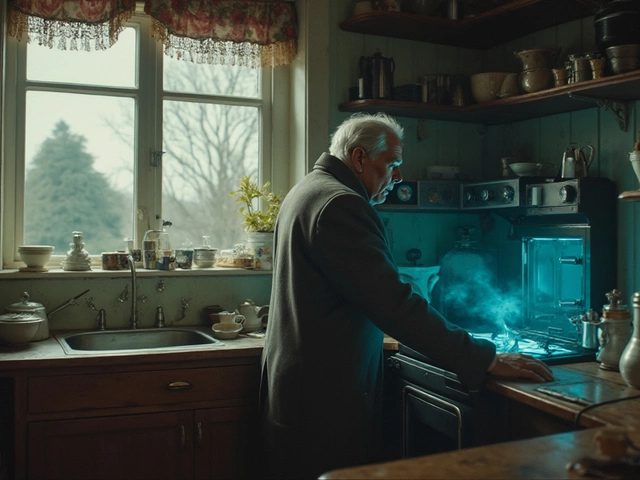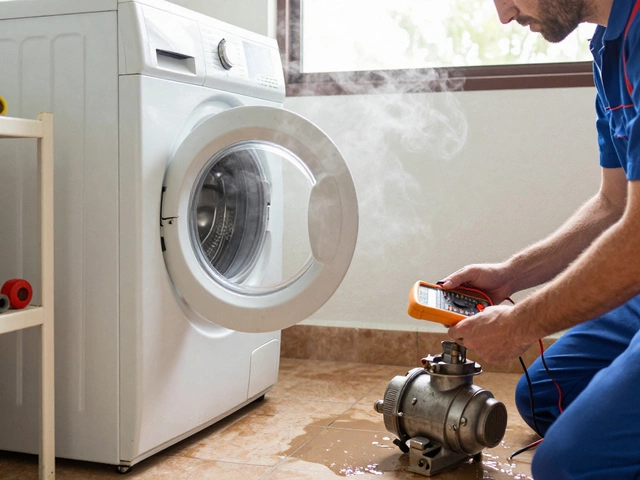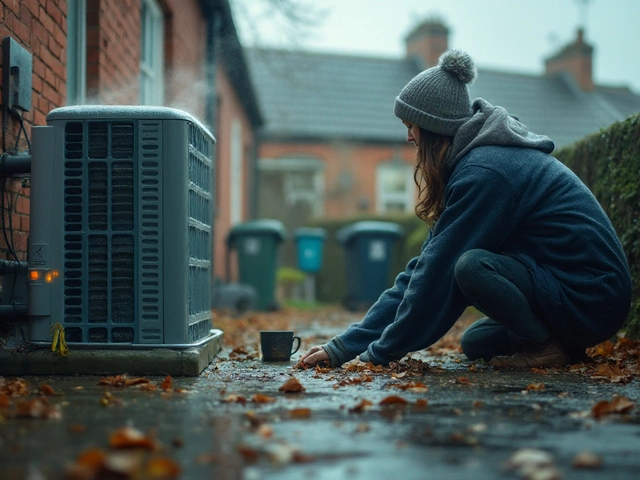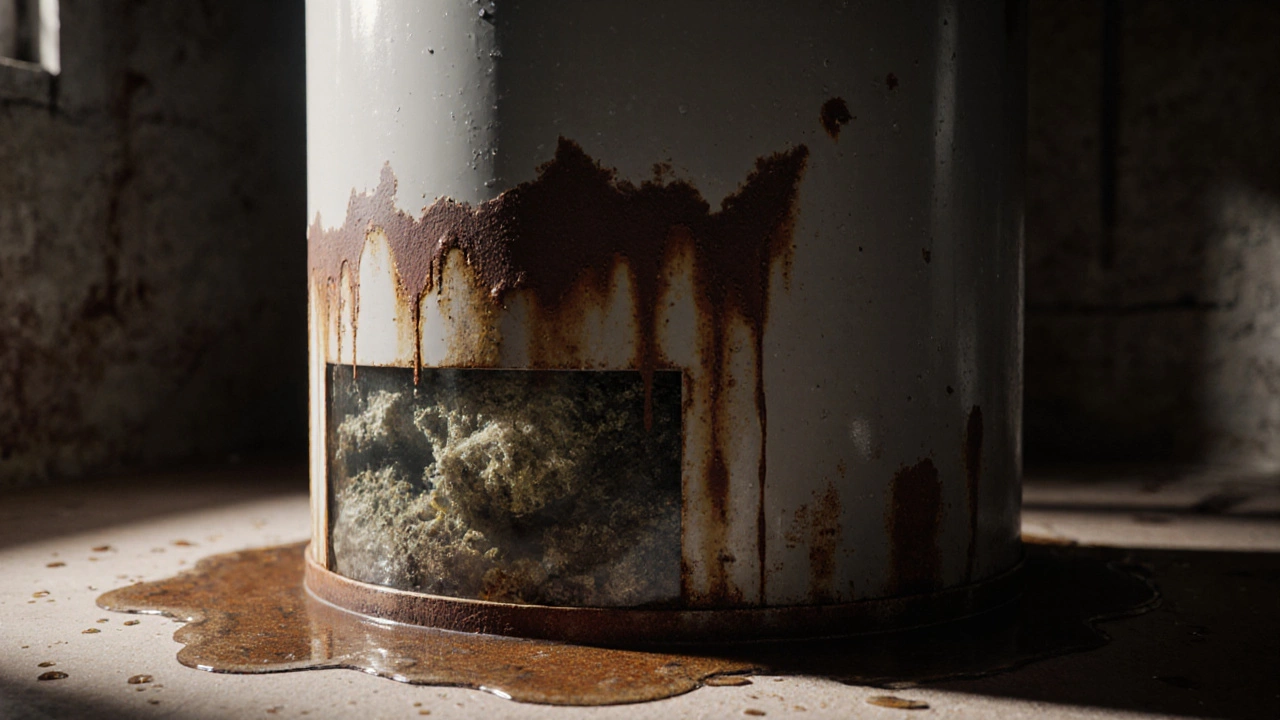Water Heater Lifespan – What to Expect and How to Stretch It
If your shower suddenly turns cold, the first thing you wonder is how old your water heater is. Most UK water heaters give you anywhere from 8 to 12 years of solid service, but that range can swing wildly. The exact lifespan depends on the type of unit, how often you use it, and whether you keep up with simple maintenance. In this guide we break down the factors that wear a heater out and give you easy steps to add years to its life.
What Really Affects Water Heater Lifespan?
First, the fuel source matters. Electric tanks tend to last a bit longer than gas models because they have fewer moving parts. But they also suffer more from corrosion if the water is hard. Speaking of hard water, mineral buildup is the #1 silent killer – it coats the heating element and reduces efficiency, forcing the thermostat to work harder.
Second, temperature settings play a big role. Setting the thermostat to 120 °C (or 49 °F) is hot enough for most uses and reduces stress on the thermostat and tank. Cranking the heat up to 140 °C (or 60 °F) may feel luxurious, but it accelerates wear and increases the risk of leaks.
Third, usage patterns matter. A family of four that runs several loads of laundry and showers daily will push the heater harder than a single occupant. The more cycles the tank goes through, the sooner components like the anode rod, dip tube, and heating element need replacement.
Tips to Extend Your Water Heater’s Life
Flush the tank annually. Drain a few gallons of water, let the tank sit for a few minutes, then refill. This rinses out sediment that would otherwise settle at the bottom and cause overheating.
Check the anode rod. The sacrificial anode protects the steel tank from rust. If it’s more than 50 % corroded, swap it out. Most homeowners can do this with a wrench; the rod is usually accessible from the top of the tank.
Install a water softener. If you have hard water, a softener can cut mineral deposits dramatically. Even a simple magnetic water conditioner can make a difference over time.
Maintain the thermostat. Verify that the thermostat actually reads the temperature you set. A faulty thermostat can overheat the tank, shortening its life and raising your energy bill.
Insulate the tank and pipes. Insulation blankets keep heat from escaping, meaning the heater doesn’t have to work as hard. This also reduces the chance of external corrosion.
Finally, don’t ignore early warning signs. Puddles around the base, rumbling noises, or a sudden drop in hot water are clues that the tank is failing. Catching these issues early lets you replace a part instead of the whole unit.
By staying on top of these simple tasks you can push a typical 10‑year water heater toward the 12‑year mark, or even longer if you’re lucky. When the time does come for a replacement, you’ll know exactly what to look for and can choose a model that fits your usage pattern.
So, how long will yours last? Check the install date, do the annual flush, and keep an eye on the anode. With a little care, hot showers will stay hot for years to come.







